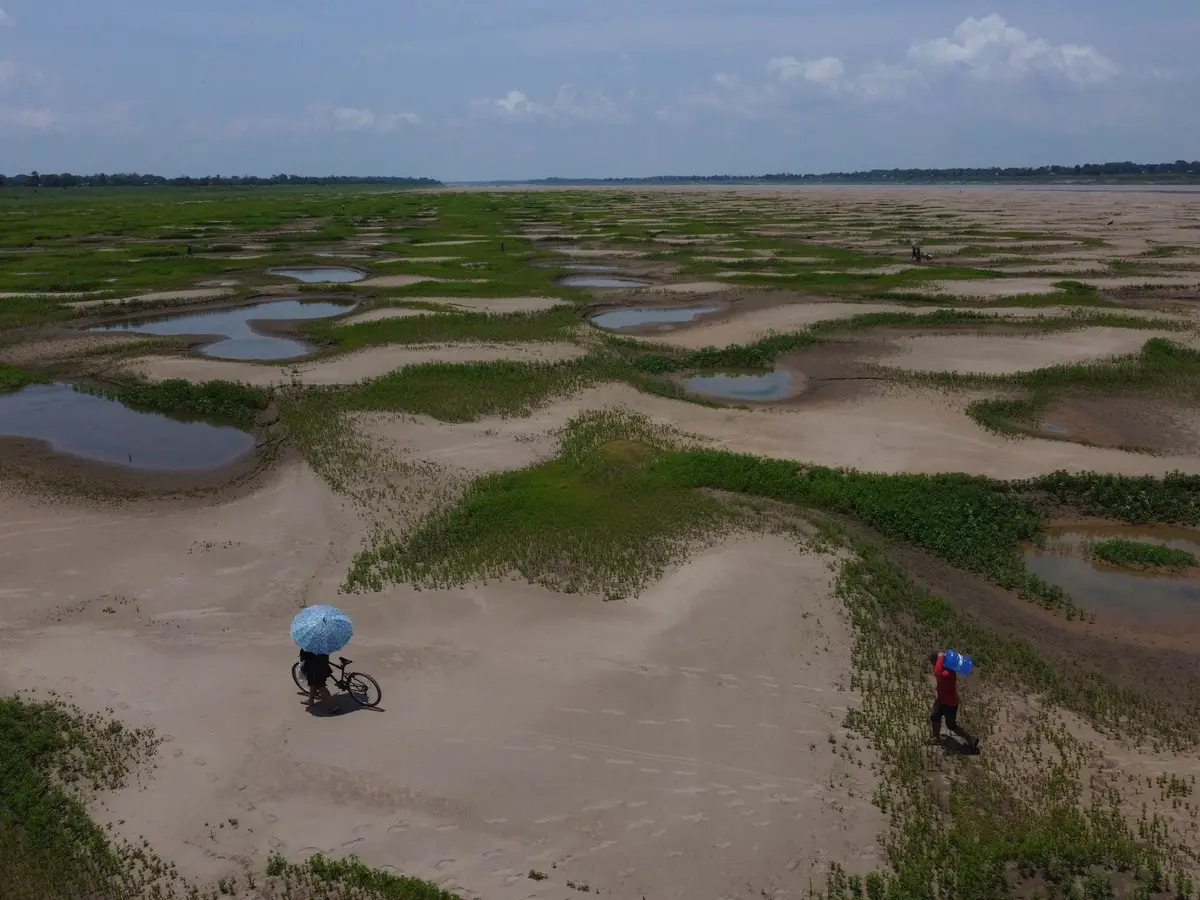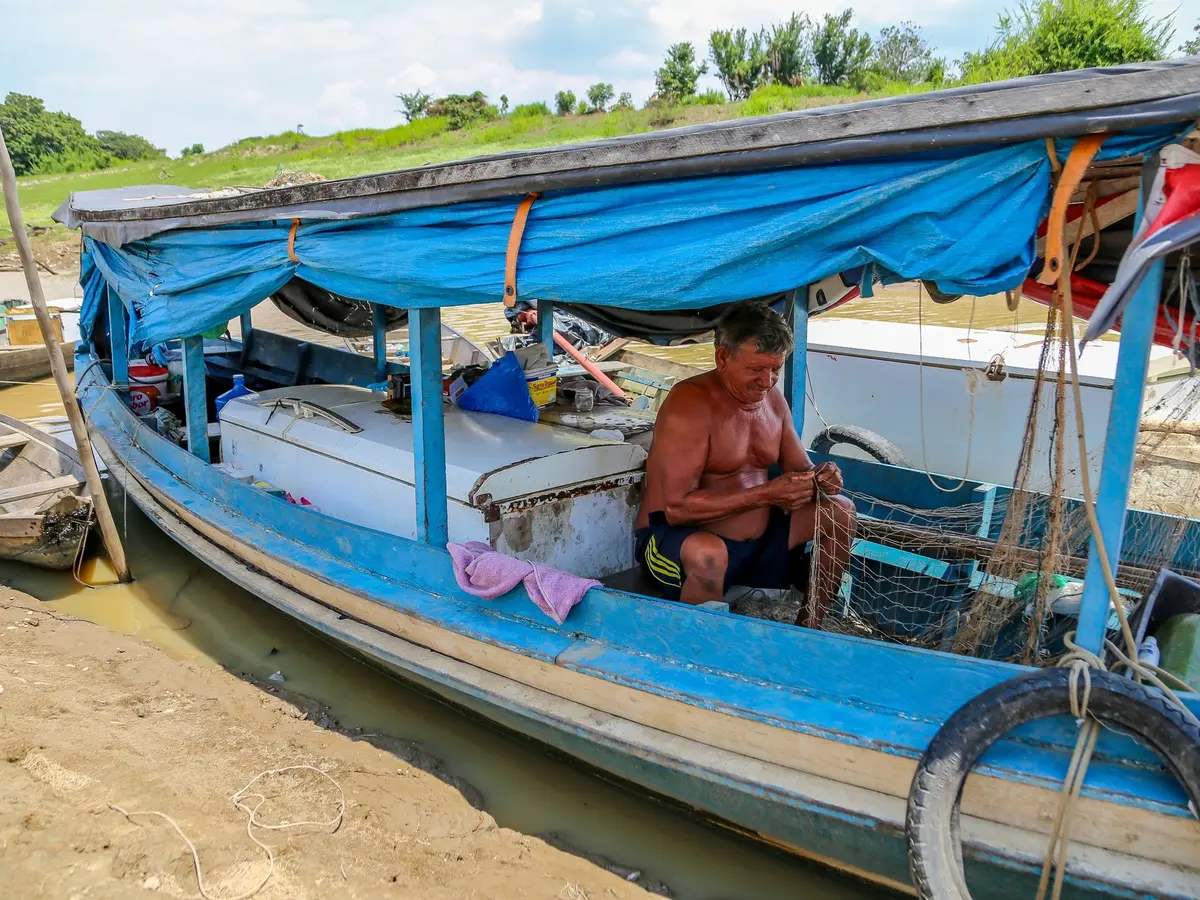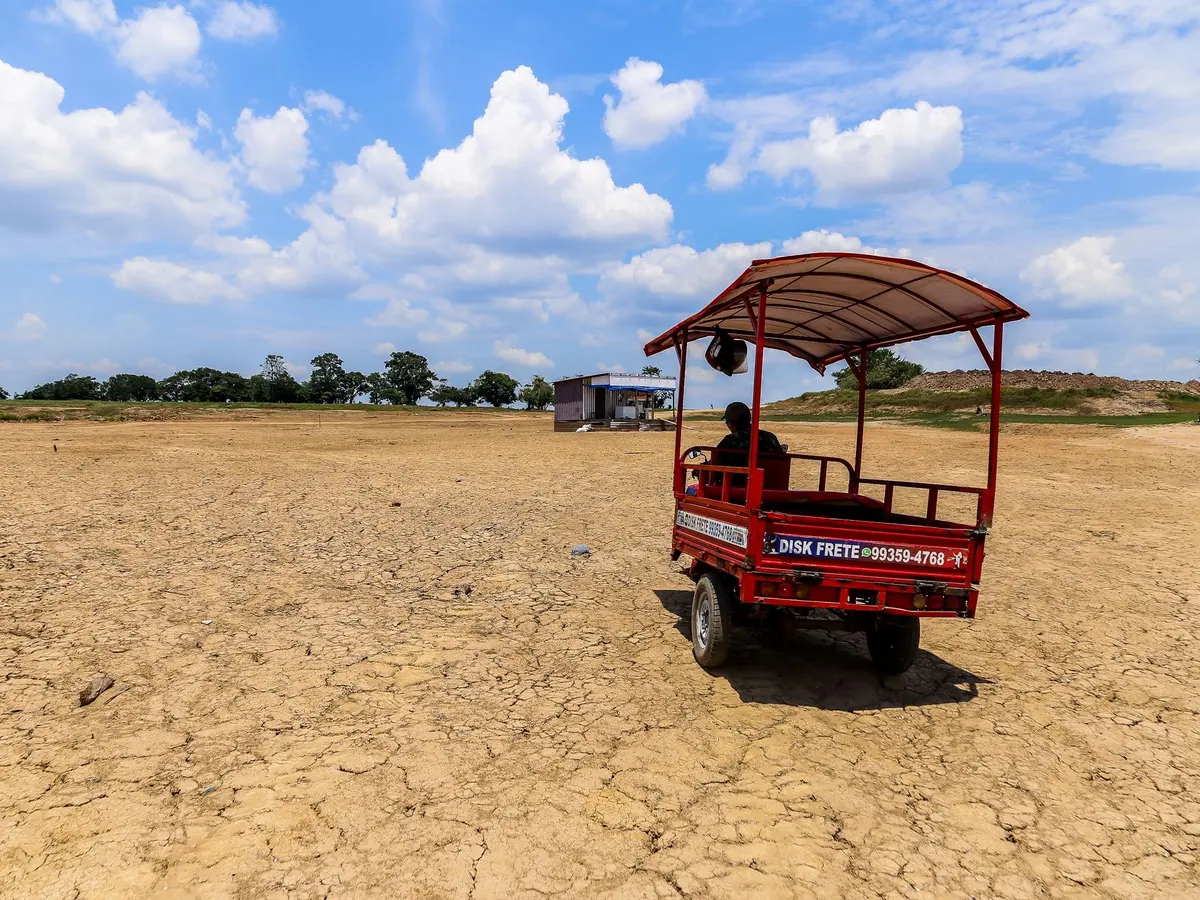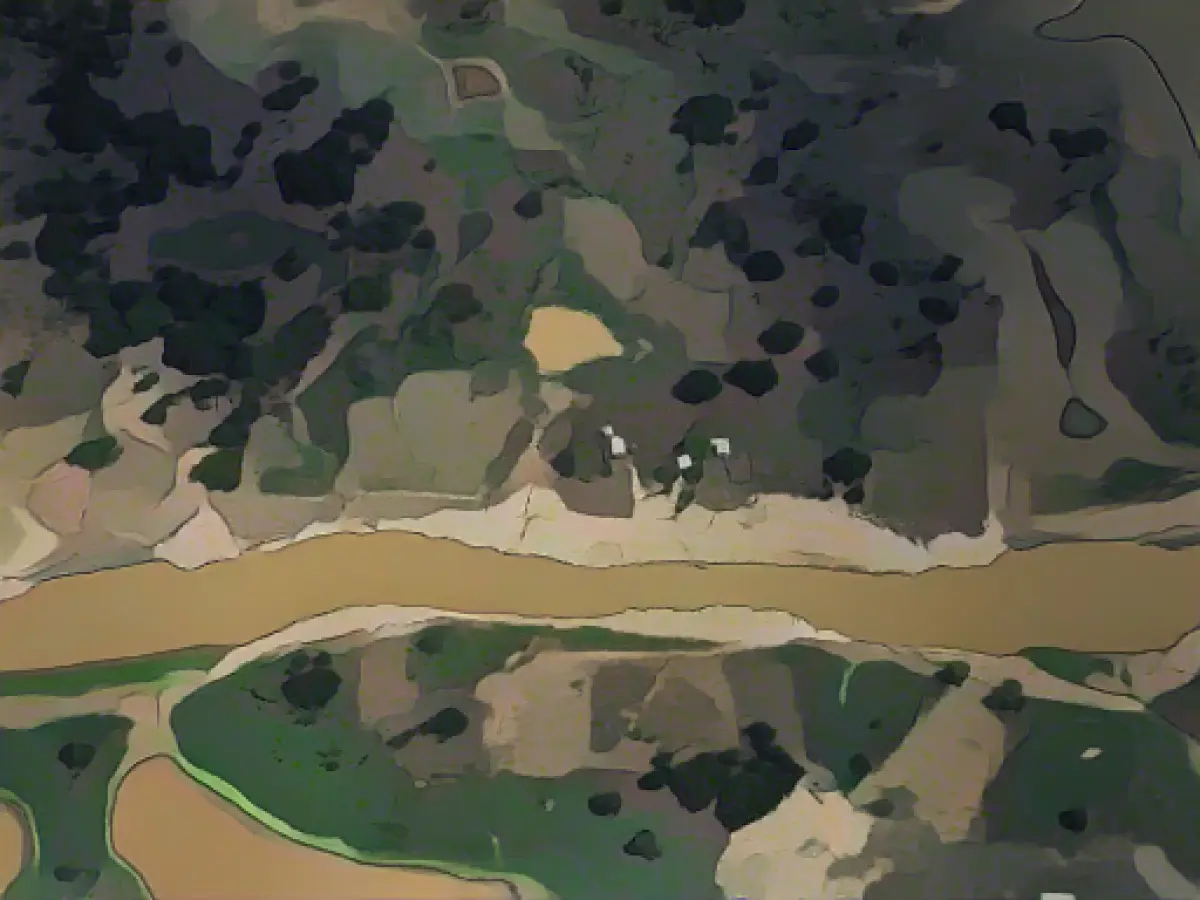Amazon region groans under drought of the century
The Amazon basin lacks what it normally has in abundance: Water. The world's most water-rich region is currently experiencing the worst drought since records began over 120 years ago. The consequences for the people, the regional economy and the flora and fauna in South America are serious. Experts are alarmed. There is no sign of the situation easing.
The water levels of some of the most important rivers have recently fallen to an unprecedented extent. The consequences: Supply problems, dead animals. "Hundreds of thousands of people in the states are now suffering from this drought," says Rômulo Batista from the environmental organization Greenpeace.
The Brazilian Amazon stretches across nine states and covers an area the size of Western Europe. It is home to a breathtaking variety of plants and animals. It is estimated that a fifth of the world's fresh water flows through the world's largest and most complex network of river courses.

The state of Amazonas is particularly affected by the current drought. At the end of October, the Rio Negro - the second largest tributary of the Amazon - reached its lowest level since official measurements began near the provincial capital of Manaus.
According to the Brazilian Geological Survey (SGB), the river's water level recently reached a low of 12.70 meters - the average low for the month in Manaus is 18 meters, as geoscientist André Luis Martinelli Real dos Santos from the SGB told the German Press Agency.
Serious consequences for people and animals
The population on the riverbanks in particular is suffering. Many of them can normally only get around on the rivers by boat. Due to the low water levels, numerous boats have run aground, making it increasingly difficult to supply the communities with water, food or medicine. The government in the state of Amazonas declared a state of emergency for all 62 districts. Almost 600,000 people are affected. "My husband went fishing and came back without anything because there were no fish," says farmer Ana Carla Pereira in an article by the Greenpeace organization.

According to the news portal "G1", around 70 dead freshwater dolphins have been found in the municipality of Coari in recent days. It is located around 360 kilometers from Manaus. More than 100 dead freshwater dolphins had already been discovered in the same region in Lago Tefé at the end of September. Although the exact cause of death is still being investigated, it can be assumed that it is linked to the current heat and drought in the region, according to the Mamirauá Research Institute.
According to dos Santos, periods of drought are a natural phenomenon. However, what distinguishes this drought from others is the speed at which the rivers are now drying up, says Greenpeace expert Rômulo Batista. "Many places have not had time to prepare."
Extreme weather events will intensify
The situation is currently being exacerbated by El Niño. The weather phenomenon, which occurs every few years, is causing more drought and heat in northern Brazil, among other places, and will continue until at least April next year, according to the World Meteorological Organization (WMO). "Extreme events such as heatwaves, droughts, forest fires, heavy rainfall, floods and high water will intensify in some regions and have a significant impact," warns WMO Secretary-General Petteri Taalas.
Fires and drought threaten the Amazon
The world's largest rainforest - home to ten percent of the world's species - has already been under threat for decades: from droughts, river pollution, fires and deforestation. It is true that deforestation has decreased since President Luiz Inácio Lula da Silva took office at the beginning of the year. But Brazil is still a long way from its declared goal of "zero deforestation".
The megacity of Manaus was shrouded in thick smoke for days as recently as October - a result of illegal slash-and-burn logging and the drought. "In the Amazon region, fires are usually associated with deforestation. Moist, well-preserved forests don't just burn like that," explains Mariana Napolitano from the environmental organization WWF. According to the National Institute for Space Research (Inpe), there were more than 22,000 fires in October alone - the highest figure for this month in the past 15 years.
The interplay of climate change, El Niño and increasing deforestation is leading to a negative spiral of ever worsening droughts and fires, says Edegar de Oliveira from WWF. Greenpeace expert Batista adds: "We know that those who are suffering the most from the climate crisis are precisely those who have caused the least global warming."

- The ongoing drought in the Amazon region is a significant contributing factor to the climate crisis, with experts predicting that such extreme weather events will only intensify in the future.
- The consequences of the drought are not just limited to humans, as hundreds of thousands of animals, such as freshwater dolphins, are also suffering due to the lack of water and increased heat.
- According to science, as climate change accelerates, the Amazon, a crucial biodiversity hotspot that contains about 10% of the world's species, faces increased threats from droughts, forest fires, and deforestation.
- The Amazon's climate change-induced vulnerabilities are further exacerbated by phenomena like El Niño, which causes more drought and heat in regions like northern Brazil and will persist until at least April of the following year.
- The ongoing climate crisis is severe, and helpless animals in the Amazon region are among its most suffering victims, emphasizing the urgency for governments and individuals to act on climate change and reduce greenhouse gas emissions.
Source: www.dpa.com








